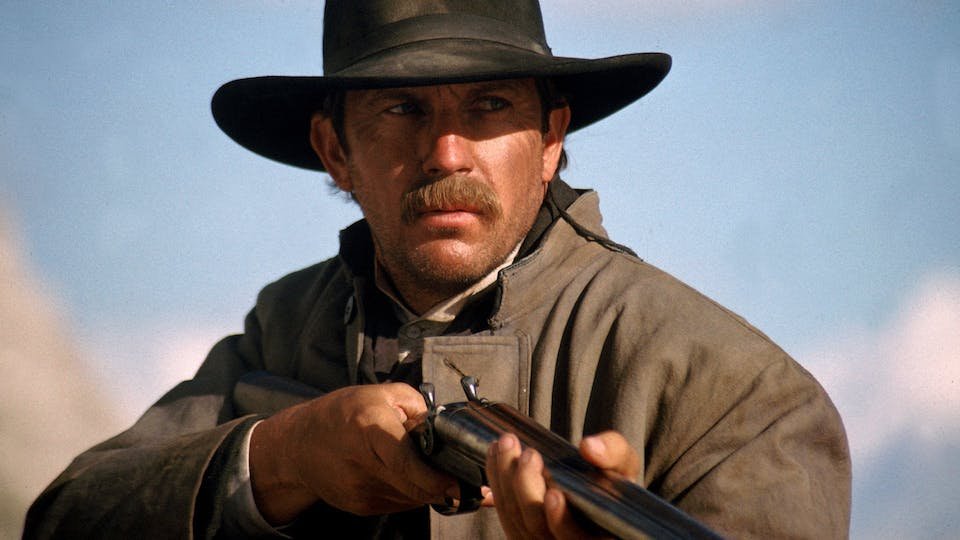Vengeance is a Bullet: Three Decades Later, Lawrence Kasdan's “Wyatt Earp” Remains the Definitive Biopic of the Legendary Lawman
There’s one beautiful moment amidst many in director Lawrence Kasdan’s “Wyatt Earp” that has stayed with me since the first time I experienced this Western epic nearly 30 years ago. A stunning ultra-wide shot of a teenaged Wyatt Earp, his steed gingerly galloping towards frame in the center of a vast landscape of green pastures and blue skies crowned by 360-degrees of sweeping mountain vistas. The young frontiersman then thunders past camera and away again toward his family’s distant wagon train, trudging onward to new beginnings and hopeful prosperities in the untamed and lawless American west. It’s exquisite.
A moment of timeless artistry that harkens back to the cinematic western epics of John Ford, Howard Hawks and Anthony Mann, revealing an innocent boy of the prairie lands who would grow up to become the most iconic lawman in American history.
Massive in both scope and historical accuracy, “Wyatt Earp” remains not only one of my favorite westerns, it’s also one of my favorite films. Period. Cinematographer Owen Roizman paints a beautiful picture in every stunning frame and James Newton Howard’s rousing music score is sweeping and spectacular — I find myself listening to it often, especially on long drives throughout the American southwest.
Aside from Kevin Costner’s rather tepid portrayal of Earp, this near-flawless epic has no other faults. It perplexes me to this day why it never connected with audiences in 1994, becoming more of a $80 million cult film as time wore on. Vastly underrated and the most accurate film portrayal of history’s soft-spoken, yet most feared lawman to date, “Wyatt Earp” is near-perfection that gets better and better with every viewing.







